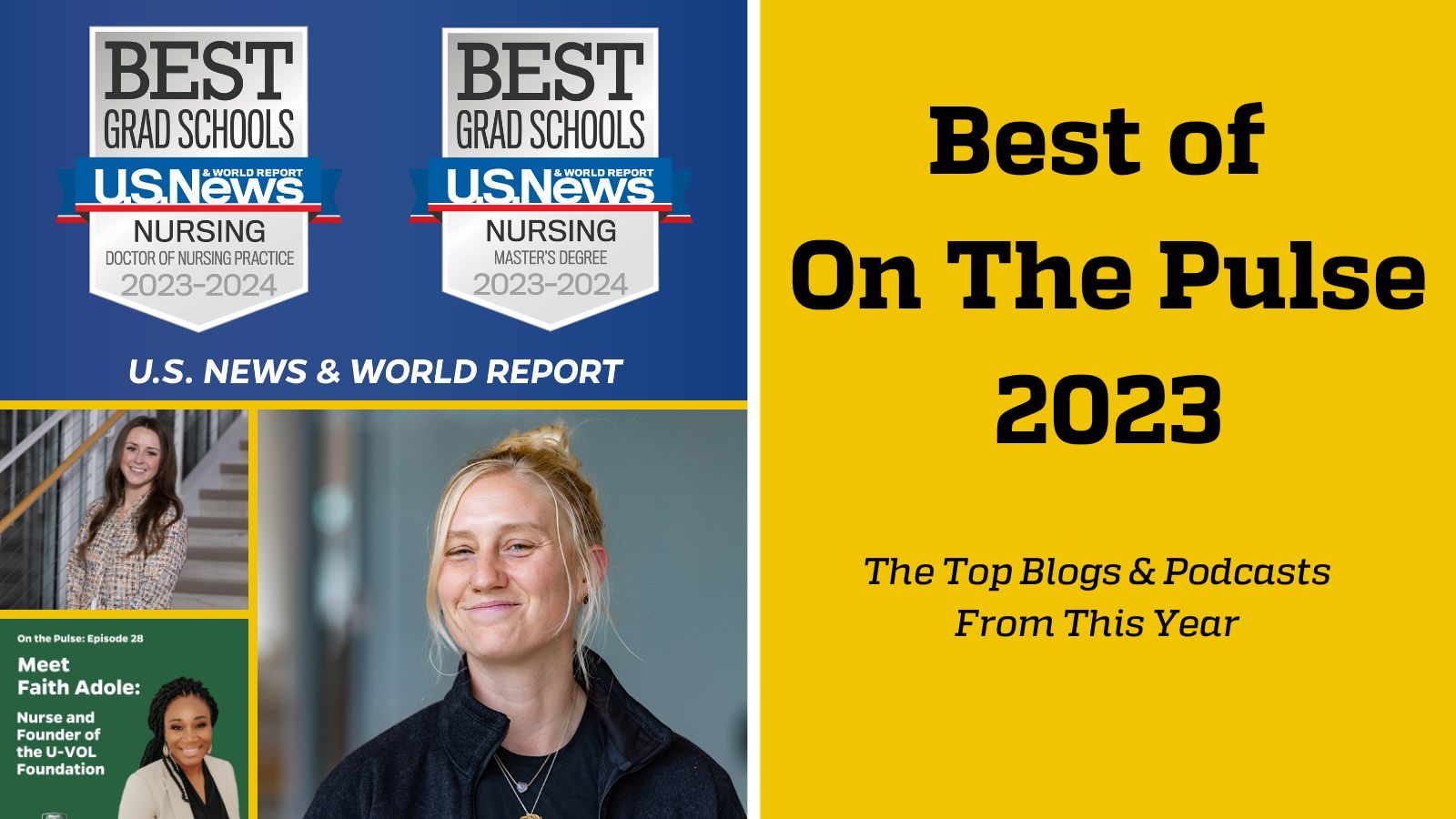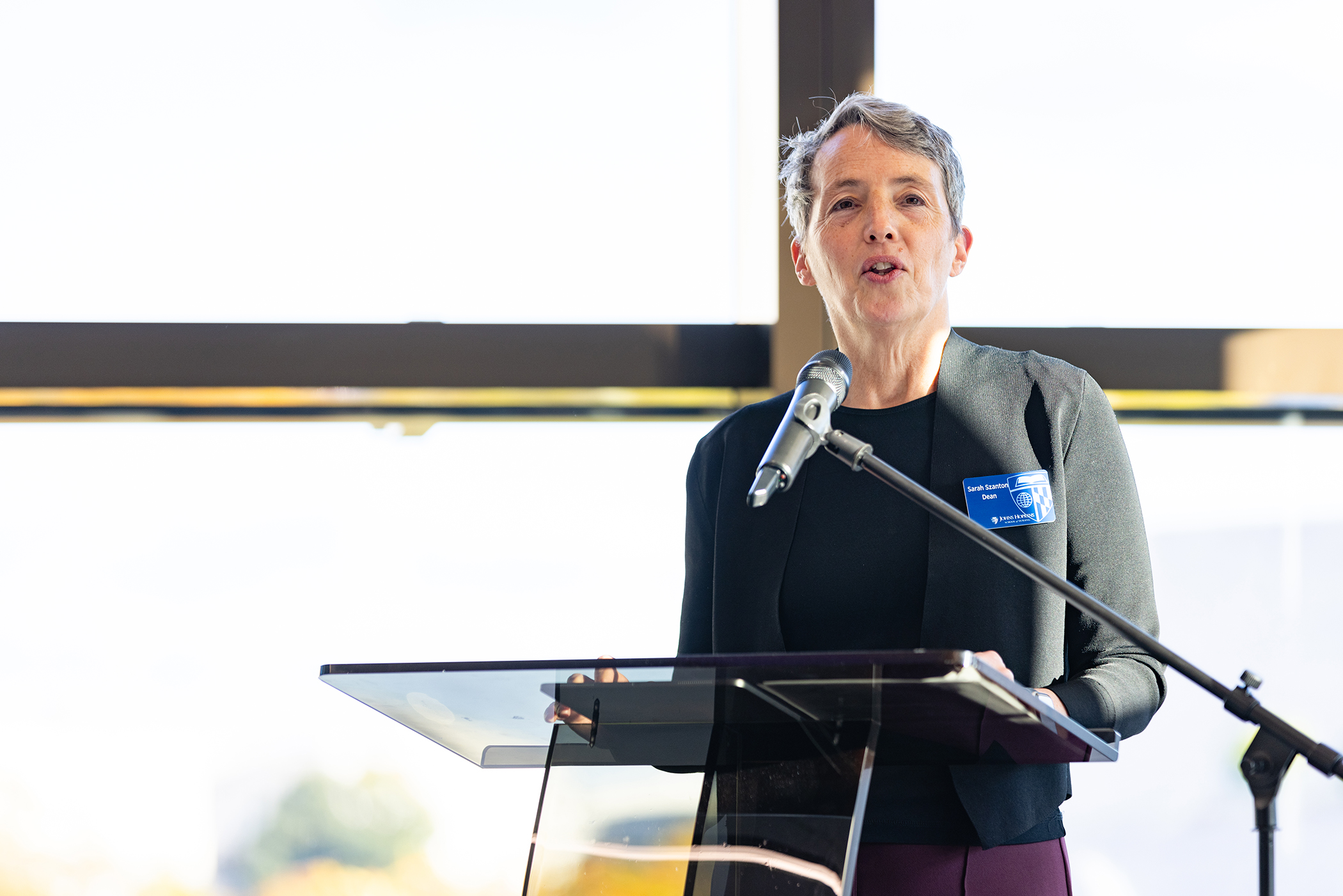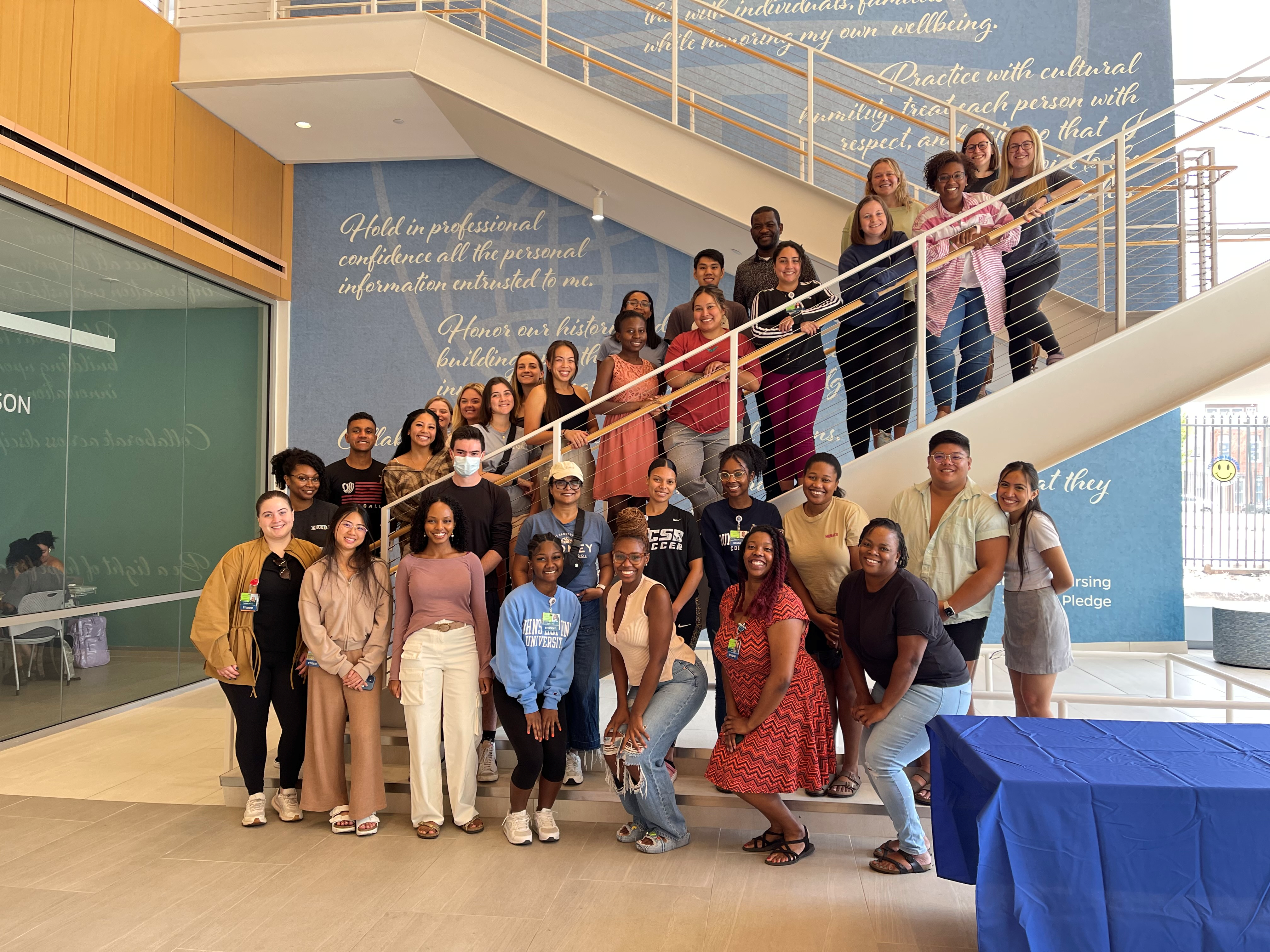There are a multitude of hot-button issues, large and small, facing the nursing profession today — everything from, What can be done to address the nation’s nursing shortage? to Should there be greater “uniformity” in the garb nurses wear?
Our question in this inaugural issue of the magazine:
What do you think is one of the greatest challenges facing the nursing profession today and what is your solution to the challenge?
The responses we received from nurses run the gamut…
“ Nurses save or improve millions of lives every day, yet the media routinely degrade their public image. With few exceptions, the media still portray nurses as sex objects, angels, or handmaidens, or ignore their contributions altogether. Meanwhile, vital care given by nurses is typically portrayed as being given by physicians, reinforcing common misperceptions that doctors provide all of the significant care. Recently, a group of Hopkins School of Nursing graduate students founded the Center for Nursing Advocacy to help address this issue. We are building an international grassroots organization of nurses to improve public understanding of nursing by coordinating advocacy campaigns and providing resources and media analysis. Visit us at www.nursingadvocacy.org”
Sandy Summers, MSN ’02
Director, The Center for Nursing Advocacy
Baltimore, MD
“One of the greatest challenges to the nursing profession is that the workforce is aging. The mean age of nurses is approximately 46 years. As a result of this specific issue, plus the overwhelming shortage of nurses, several national initiatives have been launched to evaluate how the United States can best manage this crisis. There are also many barriers that prohibit nurses from staying in the workforce, particularly in hospital-based nursing. For example, certain musculoskeletal disorders have been identified as important potential problems for older nurses continuing to be employed. Evaluating ageism and associated discrimination is thus also an important issue to be addressed in order to support the profession.”
Lori Edwards, MPH, RN, CS
Instructor, Community Health Nursing
Johns Hopkins School of Nursing
“The biggest problem I see facing nursing is the gap — nay, the chasm — between what nursing seems to be today and the public perception of what nursing is. The public in an acute care facility echoes the question “Where is a nurse?” The answer initially may rest in better communication of how the profession views itself today, how it is permitted to function today, the drastic changes in where the “bedside” is today. On television, we see spots about “I am a nurse!” for recruitment; perhaps we should consider addressing the public on, “When you get sick, here is what I will be doing for you…”
Betty Scher ’50
Baltimore, MD
 You’re Welcome
You’re Welcome Nursing Named Most Trusted Profession for 22nd Consecutive Year
Nursing Named Most Trusted Profession for 22nd Consecutive Year Best of On The Pulse 2023
Best of On The Pulse 2023 From the Dean: Here & Now
From the Dean: Here & Now The Learning Collaborative: ‘I Think I Can, I Think I Can …’
The Learning Collaborative: ‘I Think I Can, I Think I Can …’







